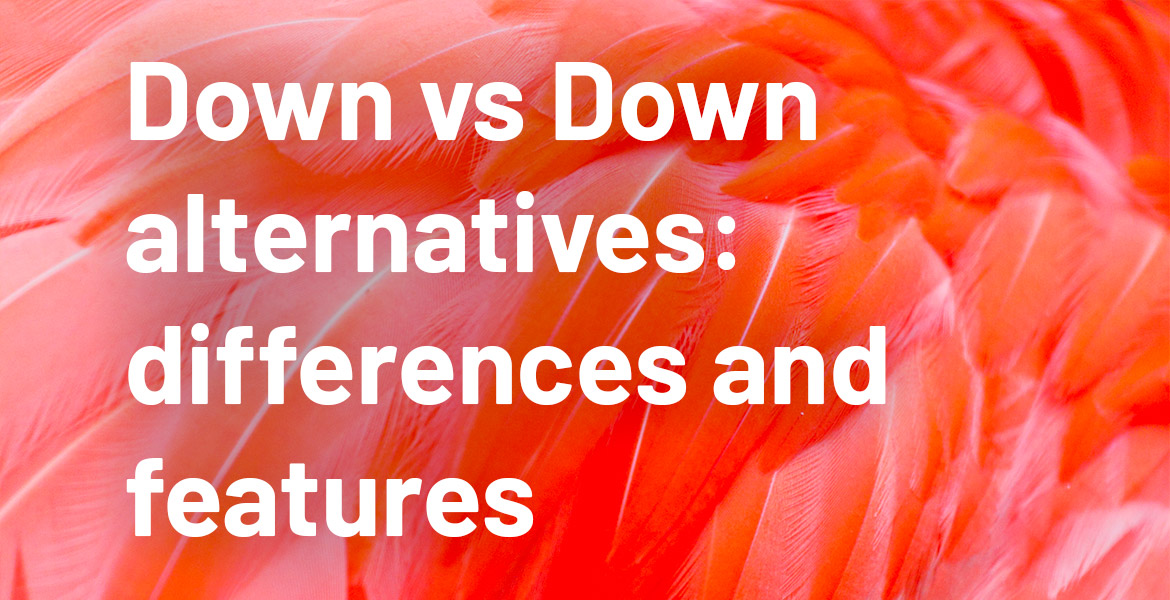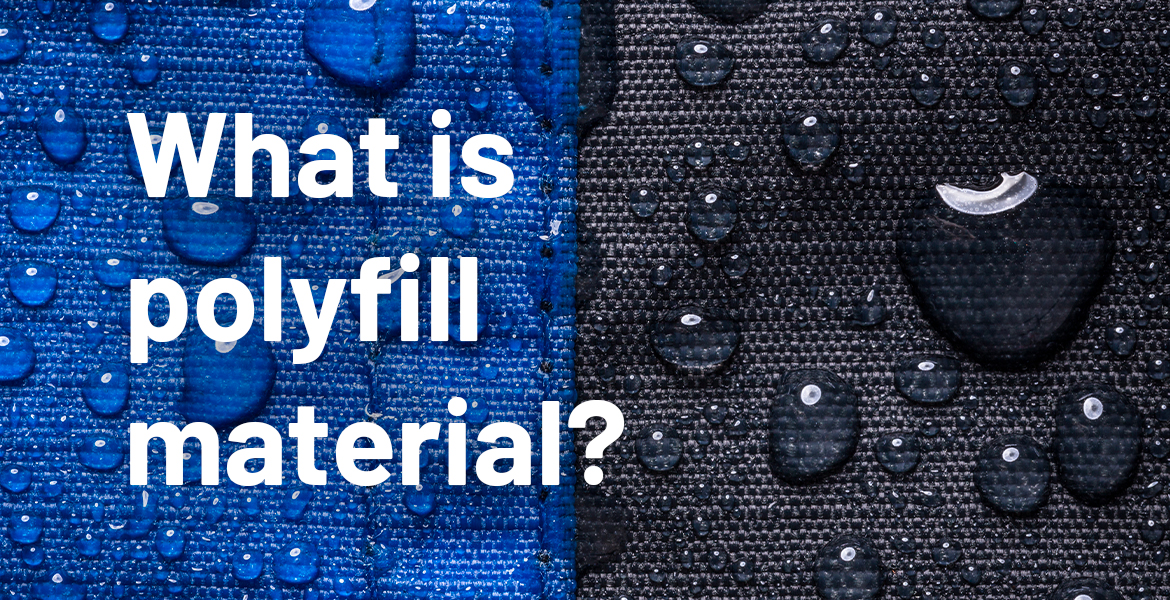Although technology continues to develop more and more advanced forms of alternative down that are really very similar to natural down, there are differences that are almost impossible to bridge, both ethical and technical. The first thing that comes to mind when talking about the differences between down and alternative down is certainly the nature of the filling itself: while down is made from goose and duck down – which has always been used for its characteristic softness – alternative down is a synthetic material that, at least in the beginning, was created to imitate natural filling. Said in this way, it would seem that down alternatives is simply a surrogate and weak version, unable to cope with all the functions that down performs, but the reality is another story: the differences between down and down alternatives go beyond the technical nature, and although down alternatives can be made from a variety of synthetic materials, in many cases it is capable of performing functions that its natural counterpart cannot achieve. Let’s see what are the main differences between these two materials.
Down insulation
Goose down is a natural filling used mainly for its natural softness as well as its insulating capacity. It is obtained from the undercoat of ducks and geese, which have a layer of down between their bodies and the outer feathers that forms a perfect thermal barrier. Down has an incredible lightness and is an excellent static insulator.
- Real down is soft and very lightweight. Its characteristic lightness is unmatched in terms of weight, on a par with thermal insulation.
- Goose down is very durable. If properly maintained and washed, a down filling can last usually even more than 10 years.
- Down filling is an excellent thermal insulator and keeps you very warm, especially in cold dry conditions.
- In humid environments, it performs less well than down alternatives and loses some of its insulating power if it gets wet.
- For this, and other reasons, down is more difficult to clean.
- Goose down costs more than its synthetic cousin.
- Should be ethically sourced down and certified by the Responsible Down Standard.
- Down does not contain allergens itself, but if not cleaned thoroughly it can easily accumulate dust and other allergens and cause allergic reactions for many people.
Down alternatives insulation
The down alternatives is a filling alternative to natural down, made from polyester material, but also rayon, cotton, or other synthetic materials. Today, the technologies with which it’s made manage, not only to adequately simulate the lightweight feel of natural down, but also to give the possibility of adjusting its firmness at a much lower price.
- Down alternatives fillings generally offer firmer support (e.g. in the case of down pillows) and greater firmness than natural down.
- In addition, the fact that down alternatives fillings can be easily adjusted to achieve the desired support and firmness, makes them an ideal solution for those who experience sleep problems sleeping prone or on their sides.
- The alternative down is a material that gives far fewer problems in terms of allergies, it is in fact considered a hypoallergenic material and recommended for those who tend to have irritations and allergic rashes with its natural counterpart.
- In most cases, the cost of alternative down is substantially lower than goose down.
- The alternative down resists moisture and machine washing better, although it depends on the type of alternative down and its quality.
- Although good quality down offers great thermal performance, it generally tends to get warmer in certain situations, being less breathable.
- In ethical terms, the down alternatives is an excellent solution for those who care about animal rights, considering also that the origin of goose down is not always guaranteed and certified.
Down vs down alternatives: conclusion
When it comes to convenience and practicality, down alternatives offer indisputable advantages, both technically and ethically. However, this is a general overview that does not take into account numerous variables, from the quality of the individual filling to the type of end use. Although natural down is considered lighter and softer, for example, some consumers may find that synthetic down alternativess to be more comfortable than down for many end uses. And it is also true that alternative down needs certain precautions to avoid environmentally harmful microplastics being dispersed into the water during washing.
Perhaps the best advice is to always choose high quality fillings, produced by companies that guarantee the origin and safety of the raw materials. There are many to choose from, such as 3M Thinsulate, which makes highly breathable technical padding, or Thermore, which makes alternative down padding and fibers from 100% recycled materials.



